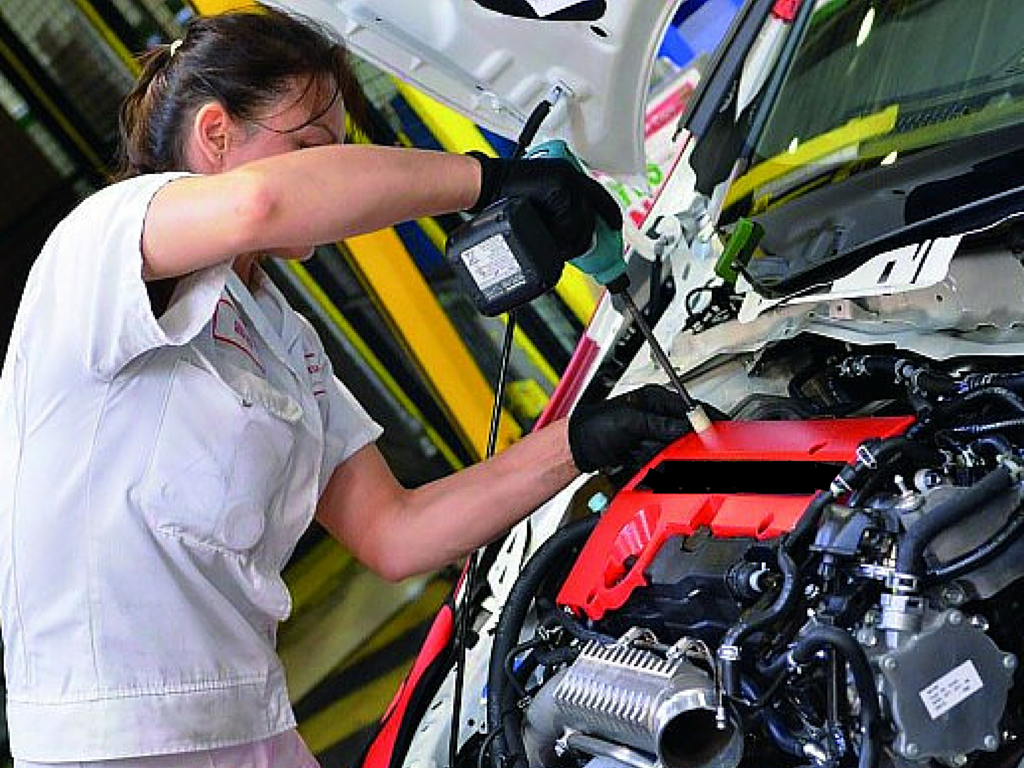Related: Ergonomic Solutions, Overhead Material Handling & Ground Level Material Handling
What Are Musculoskeletal Disorders?
When you first hear the term referred to by the Canadian Government as Work-Related Musculoskeletal Disorders or WMSDs, it may seem vague or even a little daunting. A Musculoskeletal Disorder is defined as:
“Musculoskeletal Disorders or MSDs are injuries and disorders that affect the human body’s movement or musculoskeletal system (i.e. muscles, tendons, ligaments, nerves, discs, blood vessels, etc.). Common MSDs include Carpal Tunnel Syndrome.”
What are the different disorders that fall into the musculoskeletal category?
This list includes:
Carpal Tunnel Syndrome
Tendonitis
Muscle / Tendon Strain
Ligament Sprain
Tension Neck Syndrome
Thoracic Outlet Compression
Rotator Cuff Tendonitis
Epicondylitis
Radial Tunnel Syndrome
Digital Neuritis
Trigger Finger / Thumb
De Quervain’s Syndrome
Mechanical Back Syndrome
Degenerative Disc Disease
Ruptured / Herniated Disc
Chances are you have heard of at least one of these disorders, but what causes their development? The answer becomes apparent when you hear the more common name for WMSDs, which is repetitive motion injury.
WMSDs are developed by completing one task or motion many times throughout a given period i.e. typing, sitting / standing in a certain position, twisting, bending or any other combination of movements. The areas that are affected include muscles, tendons, ligaments, nerves, discs and blood vessels.
Signs and Symptoms of a WMSD
There are several stages one can experience when a WMSD is developing (though they may not appear in this order).
Early Stage: Aching and tiredness of the affected area during the work shift but disappears at night and during days off work.
Intermediate Stage: Aching and tiredness occurs early in the work shift and persists throughout the day.
Late Stage: Aching, fatigue, and weakness persist when resting, an inability to sleep and to perform light duties.
What can you do to help prevent yourself from developing a WMSD?
Here are Some Prevention Tips:
Body and working height
Working at the wrong height can lead to using a hunched posture, craned neck and strained eyes. Ensure that your workstation is at the proper height for your body.
Minimize exertion through the use of a manual roller section or lifting aids.
Reach zones
All containers, equipment and operating elements should be easily accessible.
Torso rotation and shoulder movements (particularly with weights heavier than 1 kg) should be avoided.
Workstations should be designed with three zones in mind:
Primary, for constantly used equipment.
Secondary, for tools and parts that are often reached with one hand.
Reference, for occasional handled items such as reference files.
Parts Presentation
The presentation of parts to the operator is key in minimizing physical exertion and unnecessary movements. The key areas are:
Frequently used grab containers should be placed at a short distance.
Heavy parts should be stored within easy reach in lower containers.
When possible, use a slide rail or roller conveyor to minimize exertion.
Range of vision
Each head turn or change of the line of sight results in lost time and decreases productivity, and more importantly, can cause spinal cord strain. For optimal workstation design try to…
Avoid unnecessary eye and head movements.
Vision distances should be as identical as possible to eliminate refocusing.
Avoid fastening locations not visible to the operator.
Lighting
The correct light, adapted to the activity of the workstation, is a basic precaution to avoiding straining your eyes. It is therefore important to:
Avoid strong lighting contrasts.
Avoid glare and reflection.
Ensure all workstations are free from shadows, flickering and glares.
Adjustment of work equipment.
To maintain performance levels and promote productivity, the correct adjustment of a table, chair, footrest and position of tools and materials must be achieved. This helps to avoid straining many parts of the body, thus ensuring you are less likely to develop a WMSD.
BONUS: Ergonomics is another extremely important way to prevent injuries in the workplace. One method of incorporating ergonomics into the workplace would be to introduce ergonomic robotics which would not only help prevent injuries but can also help increase productivity.
Some of the robotics that can be installed within your facility to achieve this include:
Barrel and Drum Lifters
Vacuum Bag Lifters
Box Handling Robotics
Roll Handling Robotics
Sheet Handling Robotics
End of Arm Tooling
Vacuum Lifters
The above material handling devices can assist with preventing a Work-Related Musculoskeletal Disorder by reducing the amount of weight lifted and stress placed on the body.
It is extremely important to be aware of the body and what it is telling you. If you begin to experience aches and pains related to certain repetitive movements at work, inform your manager or try to adjust your workstation to better suit your needs to hopefully alleviate the pain. Whatever you do however, do not let the aches and pains go unattended, or by the time you do something about it, it may be too late.
Do you have a Musculoskeletal Disorder? Do you know someone who has one? Or do you have any additional advice you want to add?
Comment to share your story or advice.


